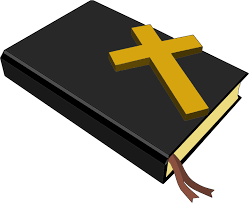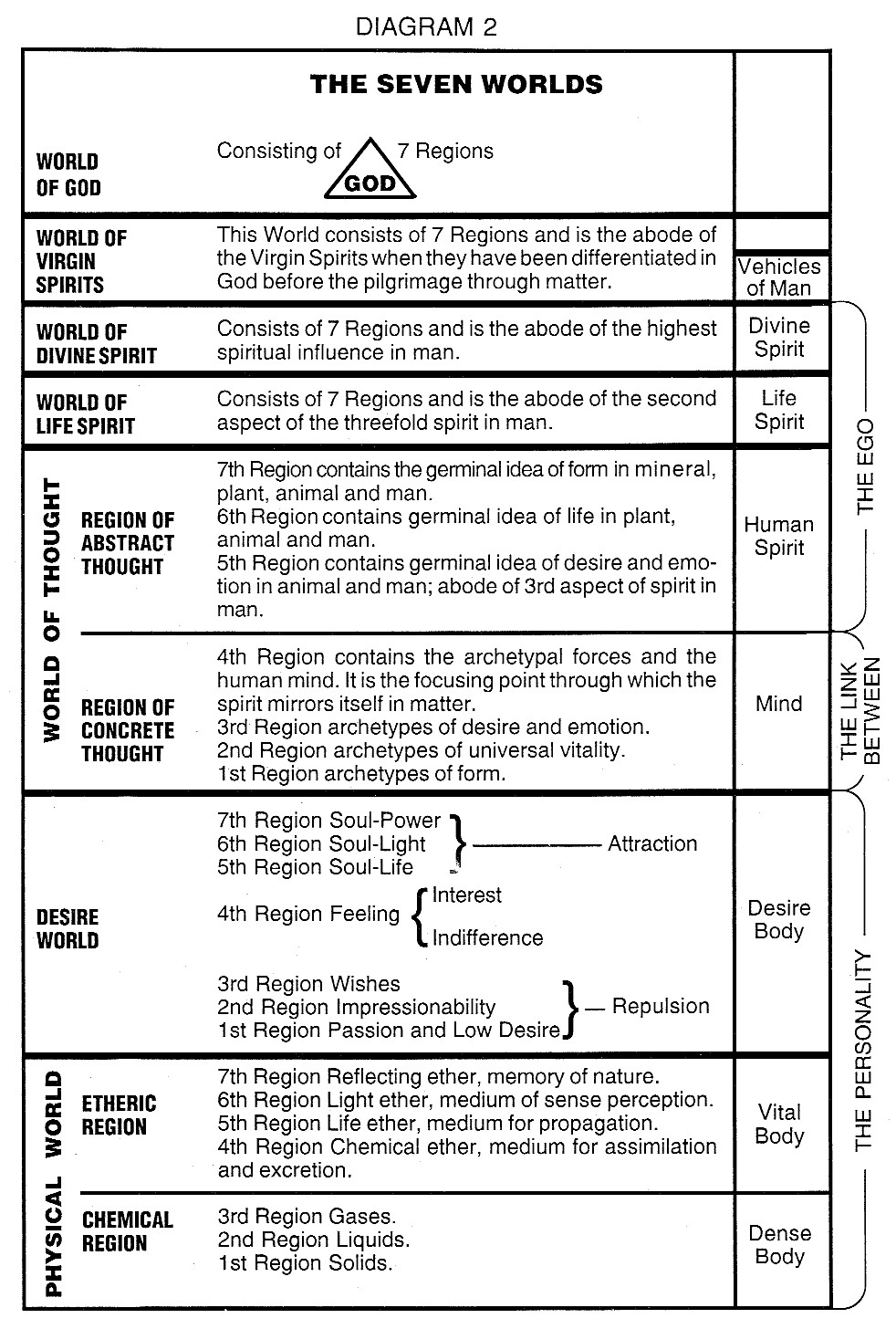
| rosicrucianU.com | ||
| Simplified Scientific Christianity |

A spirit that loves wisdom and contemplates the truth close
at hand is forced to disguise it to induce the multitudes to accept
it, as truth becomes deadly to those who are not strong
enough to contemplate it in all its brilliancies. Masonry, like all religions, all the mysteries, hermeticism
and alchemy, conceals its secrets from all except the adepts
and sages, and uses false explanations and misinterpretations
of its symbols to mislead those who deserve only to be misled,
to conceal the truth from them and draw them away from it. A
truth is not for those who are unworthy or unable to receive it,
or who would pervert it.
— Albert Pike in Morals and Dogma
— Synesius (Kabbalist)
In the days of Eli, the priest, a wonderful child was brought to the sanctuary of the Ark at Shiloh there to be reared in the quiet serenity of the Temple which had succeeded the Tabernacle of the early days following the conquest. Here in the Temple on its hill in the district of Ephraim surrounded by protecting hills on east, north and west, the wonderful child was dedicated to the service of the Lord. This was Samuel, whose coming heralded a new biblical age, the Age of the Temple-Builders.
Born through an Immaculate Conception, his coming announced by an Angel, his was truly a holy birth such as that of the Master Jesus, and, like him, he was the harbinger of the spiritual Light which had well-nigh ceased to burn within the holy of holies of man's heart. His name, Samuel, means "voice of God," or "the inner voice."
The days preceding the coming of Samuel were a benighted time, marked by the spiritual decadence described in the Book of Judges. The spirit of religion appeared to have fled, while superstitions flourished. As frequently occurs when the pioneering spirit gives way to the inertia that prefers fixity to change, the people seemed to lose their fresh youthful ardor, as well as the luminous faith which had been their mainstay in the desert. And now there was no Moses to lift them to the heights of Pisgah, no Joshua to lead them to the fragrant heart of a mystic Jericho, no stately Deborah to renew their faith beneath the tall palms of a sacred Bethel.
The people were beginning to falter and to return to the ways of the world, and the spiritual intuition, the inner voice of Spirit, sounded afar off. The veil between the visible and the invisible was rapidly becoming heavy, dense and opaque. Materiality and bestiality were engulfing the great world, and little Palestine was not immune. Concurrent with the materialism which made form paramount in importance, ceremonialism, because it reaches toward Spirit by way of the senses, took the place of the inward-consciousness which is the heritage of the true Priest-Initiate.
In our study of the Hexateuch, we considered similar cycles of materiality which were succeeded by eras of reform and aspiration. These recurrent phases of intense materialism come in recapitulatory cycles. Thus the days before Samuel's appearance bear a striking similarity to the darkness preceding Christ's coming and also parallel the conditions of the present time when gross materialism ends in a general moral break-down, world-wide warfare and social and political upheavals on every side.
In such a spiritual crisis Samuel came, the messenger of a new and brighter age. In our own crucial upheaval today, true and high spiritual guidance may also be found by those who have learned to "seek aright". Within the Invisible Temples of initiation the Light continues to shine in the East, and the earnest aspirant understands — perhaps as never in any age before — the full implication of the poet's words:
Orthodox scholars have denied for generations that there ever was a feminine attribute, or consort, of Yahweh, JHVH, or Jehovah. Today the esotericist once more stands vindicated, for archaeological excavations of recent years have brought to light the fact that in early ages in Palestine, Jehovah had as his consort the goddess Anath. Here we have the original "female Holy Ghost." This is the feminine aspect of the Elohim Jehovah, who said to Jesus, "Thou art my beloved Son.... I have both glorified thee, and will glorify thee again."
As stated in the discussion of the Hexateuch, Jehovah is essentially focused in the etheric lunar forces, and He is, therefore, often thought of as a Moon god. The esotericist thinks of Jehovah as a Universal Principle whose symbol is the Moon, for in this way he avoids certain errors which arise from looking upon that Divine Being as a mere pagan god. There is no doubt the Moon god, as such, was the deity earliest worshipped in Israel, for as nomads who traveled through the wildernesses by night to avoid the heat of the day, they looked to the Moon for guidance. It was not until they had settled permanently in Canaan that the Sun, so important to agriculturalists, became of equal importance with the Moon.
The Jehovah worship of the desert was, therefore, especially concerned with the Zodiac and the Moon; later, in Canaan, with the Zodiac and the Sun. The desert worship was characterized by wandering bands of seers and, as esotericists say, of sybils also, whose spiritual descendants were the Schools of the Prophets. The more settled worship pertaining to the solar cult necessitated a retinue of priests to care for the permanent structures which were erected, but in time, both solar and lunar cults were superseded by the worship of the god Heaven, who enclosed in his blue orb the whole starry universe, including Sun and Moon.
In the time of Eli and Samuel we find the beginnings of a permanent priesthood. The Schools of the Prophets now carry on the traditions of the desert, but the serpent cult of Jehovah is not yet driven from the Temple. Nehushtan is in the sanctuary, symbol of the serpentine ecliptic, which is the special symbol of the Elohim Jehovah: Yahweh and Anath. In Anath we have the link between the ancient Hebrew teachings and the Gnosis of the Apocryphal and Christian centuries; for the Gnosis (Gnosis means Wisdom) revolved about the central mystery of the Divine Feminine and the worship of a goddess.
In a special sense, the Sun and Moon are symbols of Jehovah; they are the dominating lights of the serpentine ecliptic. They are, as it were, the eyes of the serpent. In Egypt, the days of Osiris as a Moon god were celebrated at the quarters of the Moon; Jewish and Babylonian sabbaths in later centuries were likewise celebrated at the quarters of the Moon.
The mother of Samuel was Hannah, a "virgin of light". She was possessed of a spirituality so intense and was so ecstatically conscious of the presence of God, that Eli, the high priest, accused her of drunkenness as she prayed in the Temple; for it sometimes happens to those upon the Mystic Path (as distinguished from those on the Occult Path) that spiritual inundation occurs before the intelligence is able to receive it, since the Mystic progresses through the ardor of the heart. When the fire from heaven pours down upon him, drawn by the great magnetic vortex in the heart, there is frequently produced a state of high nervous tension, much like that due to an inpouring of electrical forces, which may literally vibrate the body, while intensity of emotion makes speech impossible. Thus it was with Hannah.
The lives of Hannah and Samuel, like those of Mary and Jesus, typify sacrifice and selflessness.
I Samuel 1: 21-22
And the man Elkanah, and all his house, went up to offer unto the
Lord the yearly sacrifice, and his vow.
But Hannah went not up; for she said unto her husband, I will not
go up until the child is weaned, and then I will bring him, that he may appear before the Lord, and there abide for ever.
It was the duty of the young child to serve the high priest, Eli. Esoterically, he typifies the spiritual Light which ever awaits the call for service. Historically, Eli is the last of the line of priests which came up out of Egypt with Moses. Eli also has two sons, who typify the evil elements of man's nature as yet untransmuted in the initiatory work; for a "son" or "daughter" is racially an extension of ourselves, and, therefore, in the spiritual world where there is neither marriage nor giving in marriage, nor birth nor death, this relationship indicates a quality or trait or power which we have produced consciously or unconsciously, and which takes embodiment as astral forms of varying degrees of humaneness. Hannah, Samuel's mother, whose name also means "grace," (as Gabriel chanted to Mary, "Hail, thou art full of grace"), waxed strong in the strength of prayer, and was sustained by angelic ministrants in the sacrifice of her son. "Loving, self-forgetting service is the shortest, the safest, and the most joyful road to God," says a mystic aphorism.
A description of the life of Samuel, his work and destiny, is given in the following verses:
I Samuel 3:19-20
And Samuel grew, and the Lord was with him, and did let none of his
words fall to the ground.
And all Israel from Dan even to Beersheba knew that Samuel was
established to be a prophet of the Lord.
— Corinne Heline

|

|

|
|
|
Contemporary Mystic Christianity |
|
|
This web page has been edited and/or excerpted from reference material, has been modified from its original version, and is in conformance with the web host's Members Terms & Conditions. This website is offered to the public by students of The Rosicrucian Teachings, and has no official affiliation with any organization. | Mobile Version | |
|